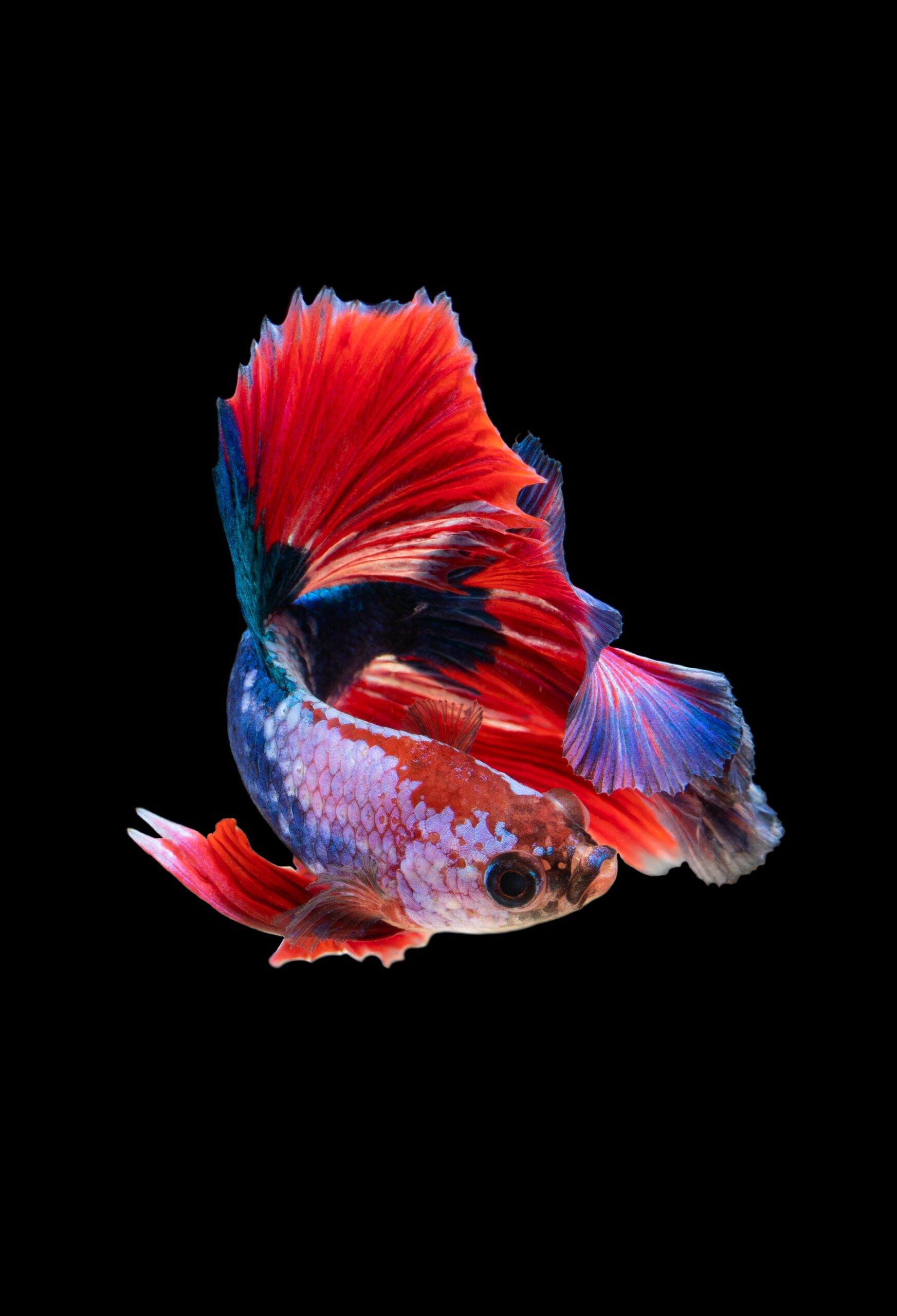Creating a harmonious community in your aquarium involves careful consideration of fish compatibility. Fish vary not only in species but also in temperament, size, and specific environmental needs. To help you navigate the intricacies of selecting compatible tankmates, we’ll delve into the world of fish compatibility charts, exploring the factors to consider, common compatibility issues, and how to create a thriving, peaceful aquatic community.
Understanding the Basics of Fish Compatibility
1. Species Compatibility:
Different fish species have varying social structures and behaviors. Some are naturally more aggressive, while others are peaceful or territorial. Researching the natural behaviors of each species is fundamental to understanding potential conflicts.
2. Size Matters:
Consider the adult size of the fish you intend to keep. A size discrepancy can lead to predation or stress. Small fish may become targets for larger, more aggressive tankmates.
3. Water Parameters:
Fish thrive in specific water conditions. Ensure that the species you choose have similar requirements for temperature, pH, and water hardness. Mismatched water parameters can cause stress and compromise the health of your fish.
Utilizing Fish Compatibility Charts
1. Online Resources:
Numerous online resources offer comprehensive fish compatibility charts. Websites, forums, and apps provide detailed information on the compatibility of various fish species, including insights into potential conflicts and successful pairings.
2. Aquarium Books:
Reference books dedicated to aquarium fish often include compatibility charts. These books provide in-depth knowledge about individual species, making them valuable resources for both beginners and experienced hobbyists.
3. Consulting with Experts:
Local aquarium stores and experienced aquarists can offer personalized advice based on your specific setup. Seek guidance from professionals who can provide insights tailored to your aquarium’s unique characteristics.
Common Compatibility Issues
1. Aggressive Behavior:
Some fish are inherently aggressive and may not tolerate the presence of other species. Commonly aggressive species include cichlids, certain barbs, and territorial catfish. Aggression can lead to stress, injuries, or even death among tankmates.
2. Predatory Tendencies:
Certain fish exhibit predatory behavior, preying on smaller tankmates. It’s crucial to avoid pairing predatory species with smaller, more vulnerable fish.
3. Territorial Disputes:
Territorial fish may aggressively defend their chosen space within the aquarium. This behavior can lead to constant skirmishes and stress among tankmates.
4. Dietary Differences:
Fish have varied dietary requirements. Some are herbivores, others carnivores, and some omnivores. Incompatible feeding habits can result in malnutrition or competition for food resources.
5. Activity Levels:
Fish vary in their activity levels, with some being more active and others more sedentary. Mismatched activity levels can lead to stress, especially if highly active fish intimidate or harass less active species.
Creating a Harmonious Community
1. Researching Species:
Thoroughly research the species you intend to keep. Consider their adult size, behavior, and compatibility with other fish. Understanding the natural habitat of each species aids in replicating suitable conditions in the aquarium.
2. Choosing Compatible Species:
Select fish with similar temperaments, size, and environmental preferences. Peaceful community fish, such as tetras, danios, and livebearers, are often good choices for beginners.
3. Introducing Fish Gradually:
When adding new fish to the aquarium, introduce them gradually. Quarantine new arrivals to monitor their health before introducing them to the main tank. This helps prevent the spread of diseases and reduces stress on existing inhabitants.
4. Providing Adequate Hiding Spaces:
Create ample hiding spots using plants, decorations, and caves. This allows less dominant fish to escape aggression and stress. Providing hiding places helps establish territories and promotes a sense of security among tankmates.
5. Monitoring Behavior:
Regularly observe the behavior of your fish. Look for signs of aggression, stress, or illness. Identifying issues early allows for prompt intervention and adjustments to the tank environment.
Case Studies: Examples of Compatible and Incompatible Pairings
1. Compatible Pairing:
- Example: Guppies and Corydoras Catfish
- Rationale: Guppies are peaceful and thrive in similar water conditions as Corydoras catfish. Guppies stay near the surface, while Corydoras explore the bottom, utilizing different tank regions.
2. Incompatible Pairing:
- Example: Betta Fish and Gouramis
- Rationale: Betta fish are known for their territorial nature and may become aggressive towards other labyrinth fish like gouramis. The potential for territorial disputes and aggression makes this pairing risky.
Troubleshooting Compatibility Issues
1. Separating Aggressive Individuals:
If a specific fish exhibits aggressive behavior, consider temporarily separating it from the community. This provides relief for other tankmates while allowing you to address the root cause of the aggression.
2. Reconfiguring Tank Decor:
Rearrange decorations and hiding spots to disrupt established territories. This can be especially effective in reducing aggression among territorial fish.
3. Introducing Deterrents:
In cases of persistent aggression, consider introducing tank dividers or visual barriers to create distinct territories. This prevents direct confrontations among aggressive fish.
4. Adjusting Stocking Density:
Overcrowding can contribute to stress and aggression. If compatibility issues persist, evaluate the stocking density and consider reducing the number of fish or rearranging the community.
Building a harmonious fish community requires thoughtful planning and ongoing observation. Fish compatibility charts serve as valuable tools in the journey to create a thriving, peaceful aquarium. By understanding the unique characteristics of each species, addressing potential issues promptly, and fostering a suitable environment, you can enjoy the beauty of a well-balanced aquatic community. With careful consideration and responsible fishkeeping practices, you’ll create a captivating underwater world where your fish coexist harmoniously.


combivent generic